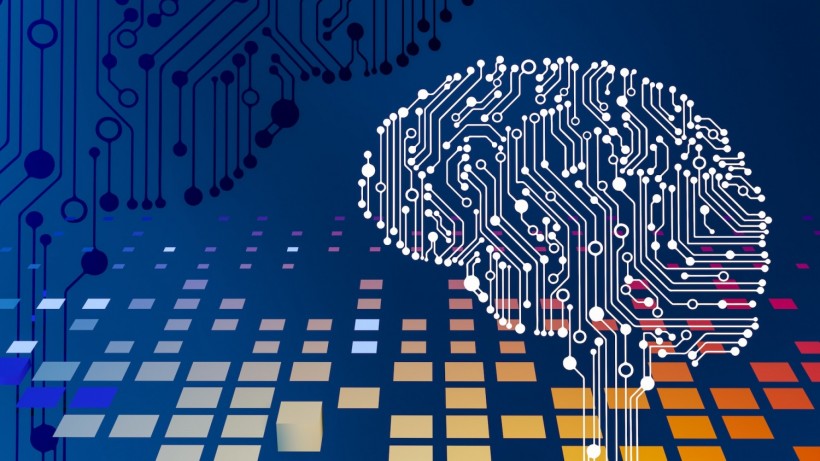The Human Brain Project (HBP), one of the biggest research projects ever funded by the European Union, is ending in September. This large-scale research initiative collaborates with neuroscience, medicine, and computing to understand the brain by modeling it in a computer.

A Controversial Past
HBP has drawn criticism since it began a decade ago. When the project started in 2013, its original goal was to develop the tools needed better to understand the organization of the brain and its diseases.
The project was initially pledged with one billion euros in funds. In the end, it received 607 million euros, including 406 million euros from the EU, released in four phases. The fund was also trickled out to laboratories that competed for research grants at each phase.
In its first year, the project ran into trouble, as only a few people believed in the potential of big data and the possibility of using supercomputers to simulate the complicated functions of the brain. HBP's founder and former director, Henry Markram, asserted that the project would be able to reconstruct and affect the function of the brain at a cellular level. His statement sparked widespread skepticism from neuroscientists.
In 2014, the focus of the project was changed by Markram and two other executive committee members. As a result, a network of 18 laboratories left the project while 150 scientists signed a protest letter. Meanwhile, there were several changes in the upper management level between 2016 and 2020.
HBP did not achieve its goal of simulating the entire human brain, which was considered far-fetched by many scientists in the first place. Since it changed direction several times, its scientific output became fragmented and mosaic-like.
On the other hand, the project has gathered some important and valuable scientific findings. During its run, thousands of papers have been published, and significant breakthroughs have been made in neuroscience. This includes the creation of detailed 3D maps of at least 200 regions in the brain, the development of brain implants to treat blindness, and the use of supercomputers to model brain functions.
EBRAINS: HBP's Legacy
The project will cease to give out funds at the end of September. Although some of the ventures that stemmed from HBP have secured funding to continue their work, the future is still uncertain for scientists working on this project.
Still, HBP directors hope to bring the comprehensive understanding of the human brain a step closer, so a virtual platform called EBRAINS was developed as part of the project. ABRAINS can be used in running simulations and digital experiments. as a suite of tools and imaging data. Researchers are already using this platform to investigate the brain's response to stimulation and in developing brain-mimicking robots.
The European Commission is planning the next phase of brain health research, focusing on using personalized brain models for advanced drug delivery and improving brain disorder treatments.
RELATED ARTICLE: Scientists Use Brain-Computer Interface to Study How Memory is Recorded as We Sleep, First Time in History
Check out more news and information on the Brain-Computer Interface in Science Times.














